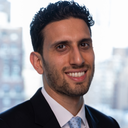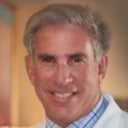Posted underBreast Fat Transfer q&a
How accurate is cc estimation during fat transfer to breast consultation? (Photos)
I had 2 consultations for fat transfer to the breast. The first, who has experience on thin patients, estimated 1/2-1 cup enlargement and circled inner thighs and lower back as harvest areas (we didn't discuss cc's). The other surgeon was hesitant and said he could likely only get 75-100cc per breast, which seems too low for any visible enlargement. I was surprised because while I am slim, I have seen success stories for women my size or thinner. Do you agree with cc estimate? Is that reliable?
Answers (8)
From board-certified doctors and trusted medical professionals
More Breast Fat Transfer Questions
See all Breast Fat Transfer Q&AWE SEND PRETTY
EMAILS
What’s trending? Who’s turning heads? Which TikTok myths need busting? We’ve got you. No fluff, no gatekeeping—just real talk. Get our free, unfiltered newsletter.



